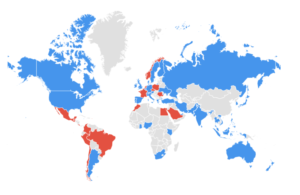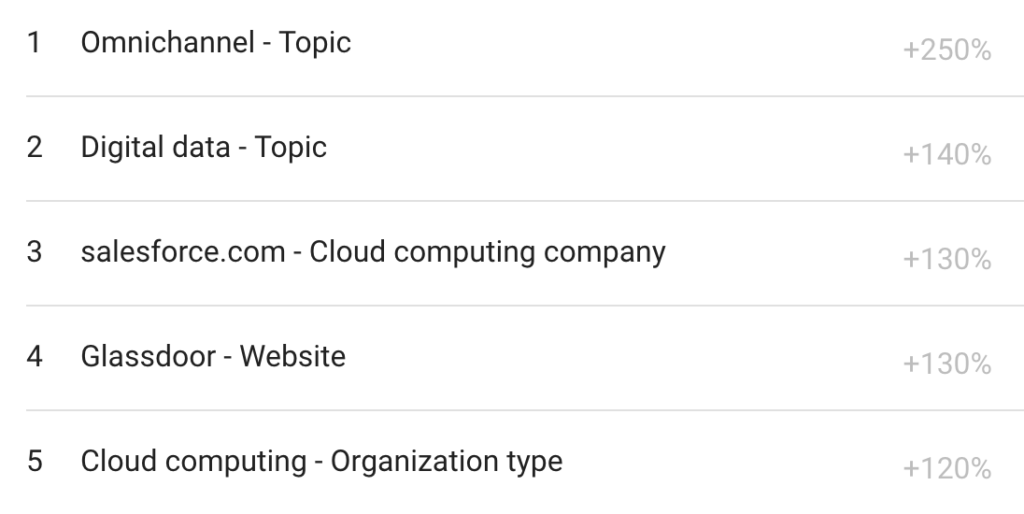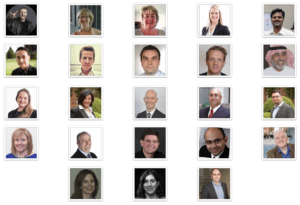Outside-In is a regular theme during most of my keynotes, not least this last week here in Florida. A question asked from the floor related to the 30-second elevator test “can you explain to the CEO what this stuff is, why it is 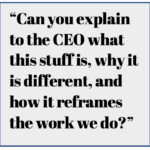 different, and how it reframes the work we do?”. I guess I was about to fudge and say this needs more than 30 seconds, and then remembered my two-slide explanation!
different, and how it reframes the work we do?”. I guess I was about to fudge and say this needs more than 30 seconds, and then remembered my two-slide explanation!
So, for those guys looking for a simple explanation, these two slides will do the job. I have put a bit of narrative in there also.
120+ in Florida at the keynote, 16 January 2018
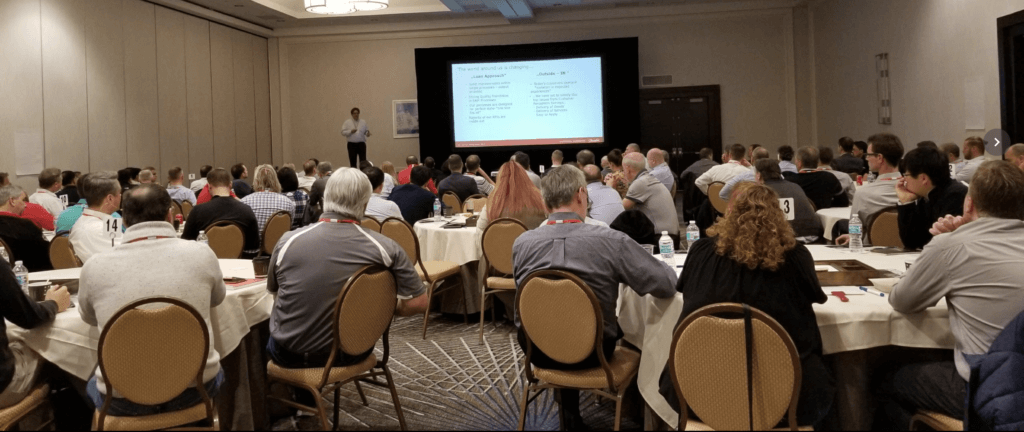
The old, industrial-age traditional way of doing business.
We make products (and services). We look for the market to sell them in. We segment customers by circumstance and pitch our products to those segments. We add variations to the products to better fit certain niche segments. We build back-end systems and digital capabilities in this increasingly complex world. We are rigid, functionally oriented and abhor change.
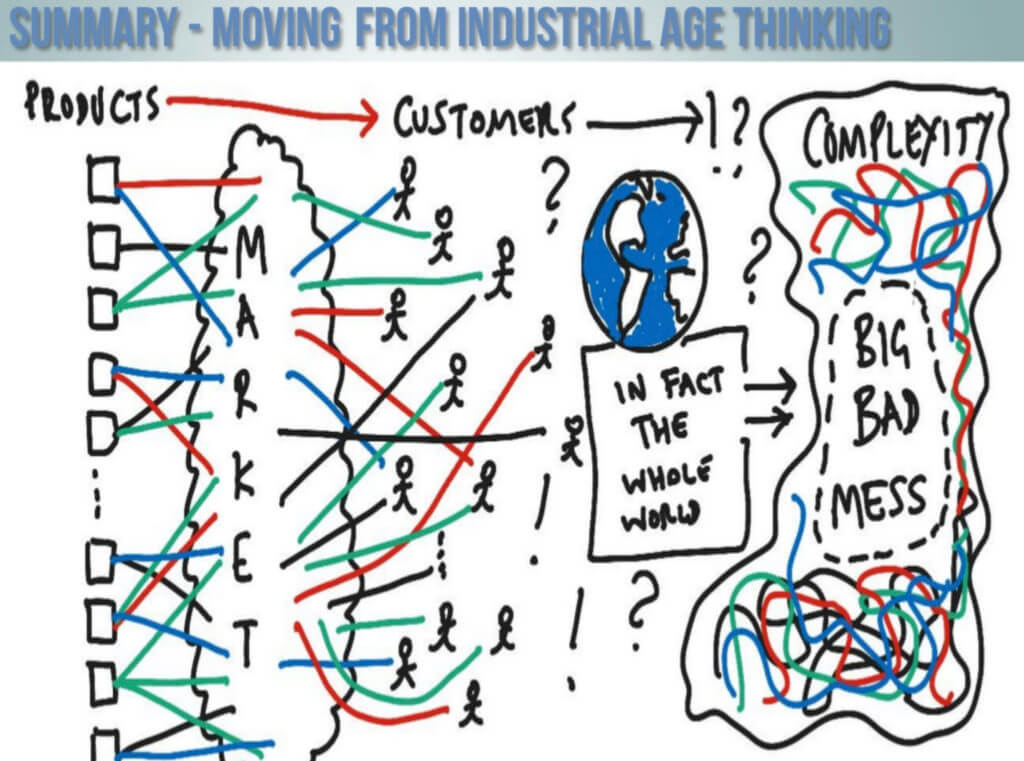
The new Outside-In customer-centric way.
We identify the customers we would like to do business with. We understand their needs (even when they may not know them themselves) and specific Successful Customer Outcomes (SCO’s).
We categorise customers by need. We then create the capability to deliver to these categories the SCO’s (both products, people and digital). Progressively we manage new and existing customer expectations to deliver success without exception. We are agile, innovative and attuned to 21st century needs.
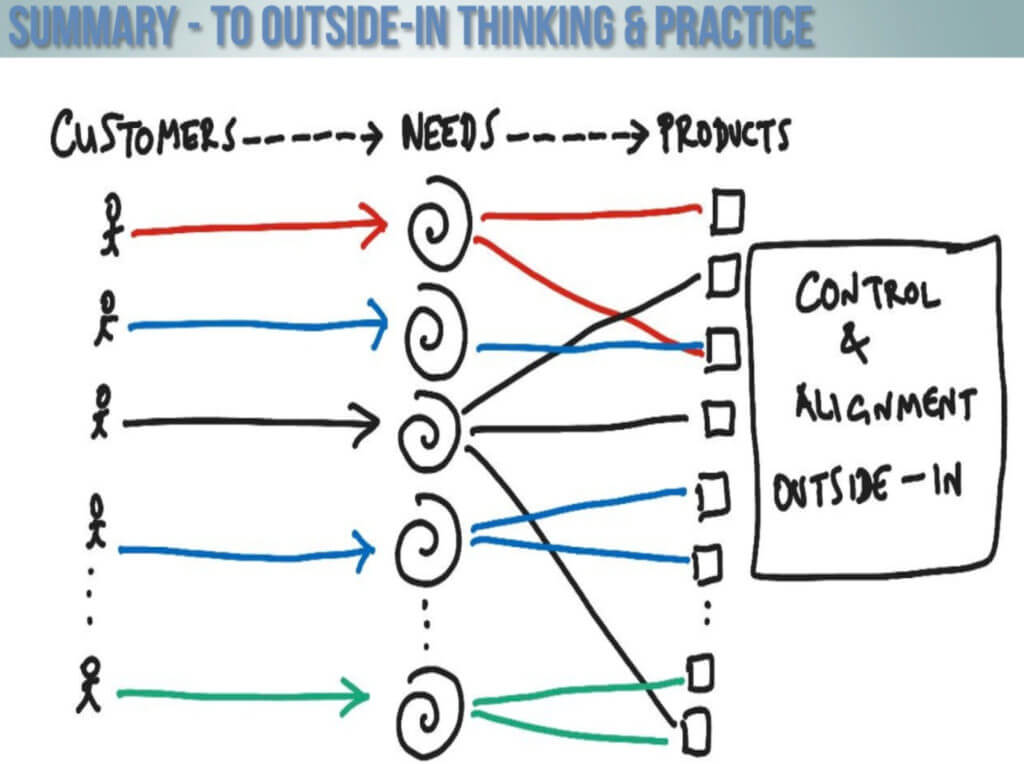
Let me know if this works for you.
Ciao, Steve
For the curious, the original slides came from a deck presented as a keynote in Sydney, Australia 3 years ago.
You can access that here: http://bit.ly/SydneyPEX



